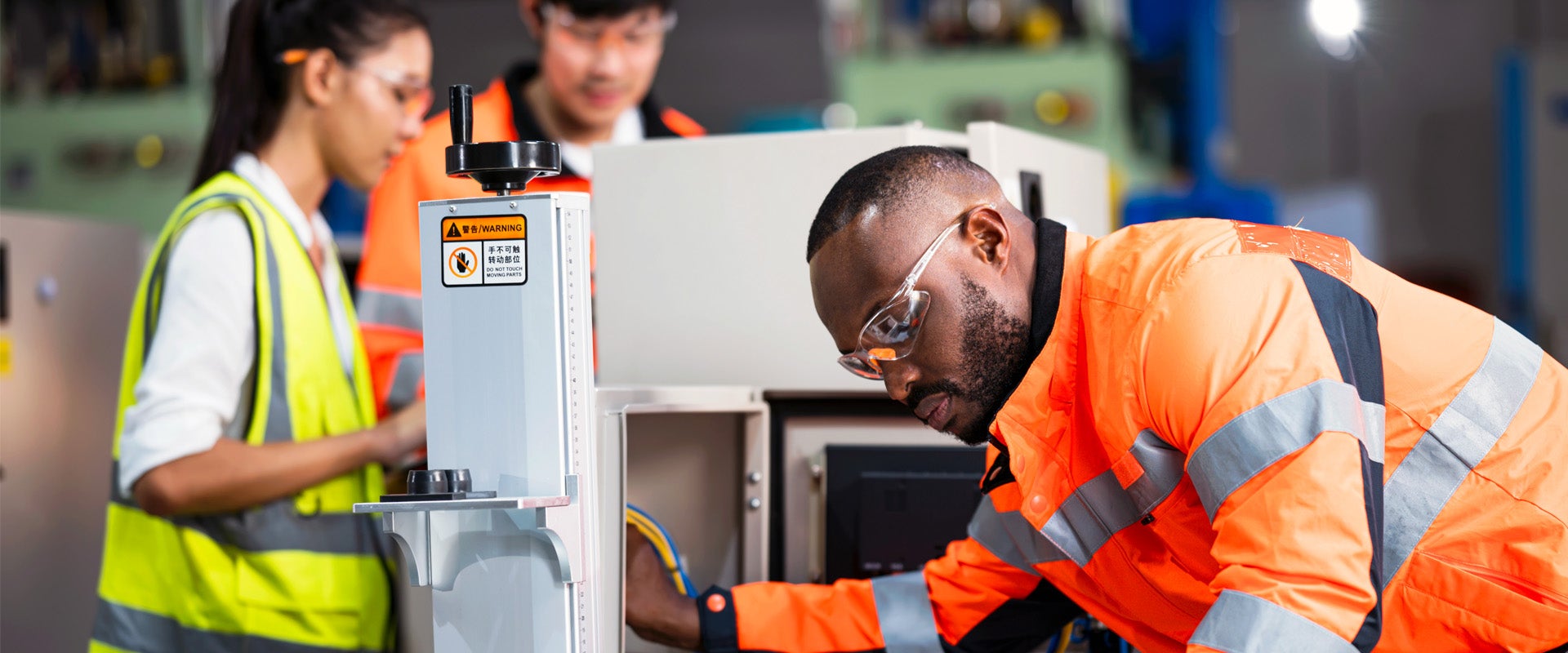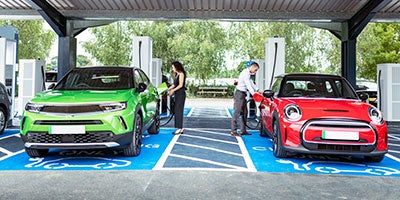Challenges and risks
As battery manufacturers set up domestic facilities, they face some important strategic decisions and potential risks.
Finding the right chemistry: LFP vs. NMC
Battery factories are billion-dollar bets on the performance of a specific chemistry. Once a factory is built, switching between chemistries can be extremely difficult. Therefore, selecting the ideal battery chemistry is a pivotal strategic decision for battery manufacturers. Today that choice comes down to two main options: NMC and LFP. A third option, NCA, is being phased out due its high price to performance when compared to NMC.
NMC batteries have higher energy density than LFP batteries, allowing for longer ranges, but the latter are around 15% cheaper1 since they don’t use either nickel or cobalt. LFP batteries are popular in the more price-sensitive Chinese market. Some U.S. OEMs — in particular Ford and Tesla — are planning to introduce LFP chemistry into the U.S. market, as they may value lower cost over the range that NMC batteries can bring. However, the emergence of battery recycling could meaningfully reduce nickel and cobalt prices, making NMC technology prices competitive with LFP.
In the long run, emerging battery technologies, such as solid state, sodium ion and lithium sulfur, could become viable alternatives to existing chemistries since these chemistries, at least in theory, have superior energy density or significantly lower cost. However, as the market scales up, there will be significant incumbent advantages for the leading chemistry since production techniques will likely have optimized its production, making it difficult for other smaller-scale technologies to catch up.
Sourcing raw materials
Limited battery mineral supplies present an ongoing risk to battery production and the cost structure of battery cells. Leading battery chemistries require lithium, cobalt, nickel, manganese and graphite to form the cathodes, anodes and electrolytes.
Batteries currently account for around 80% of lithium demand. The supply of lithium is somewhat inelastic, as new mines can take four to five years to develop. However, lithium production is forecast to grow at 25% annually to 205k MT from 2022 to 2024, while battery demand is forecast to grow by around 28% to 175k MT by 2024, which should allow a sufficient buffer for lithium supply to keep up.
Batteries currently account for 40% of cobalt demand. Some 70% of cobalt is sourced from Congo, which presents end users with significant ethical and geopolitical risks due to the use of artisanal mining. On the positive side, new sources, such as Indonesia, are projected to diversify supply.
In the long run, battery mineral shortages are not expected to threaten the growth of lithium-ion batteries, but there is significant risk of price volatility in the medium term, which has the potential to impact the economics of both BEVs and BESS. If battery demand over- or undershoots its forecast, there could be meaningful surpluses or shortages of battery minerals. Nickel, cobalt and, especially, lithium, have experienced significant price volatility in recent years due to the rapid growth of lithium-ion batteries.
Strategic priorities for market players
-
Battery manufacturers: Maintaining chemistry flexibility should be a key priority. Over-indexing in a single chemistry could place a manufacturer at risk for disruption as new chemistries develop and existing chemistries mature. Major automotive OEMs are investing in both NMC and LFP chemistry cathodes. For pure-play battery cell manufacturers, acquiring or partnering with small-scale specialists with expertise in emerging chemistries can reduce the risk of disruption.
-
OEMs: Automotive OEMs have traditionally outsourced all noncore elements of their supply chain to optimize costs. But that needs to change. Vertical integration, with its reduced coordination costs, is key to achieving success and promoting innovation in a rapidly evolving space. There is a business case for further vertical integration both upstream by investing in battery production and downstream by investing in the EV ecosystem, such as through charging stations or battery recycling. For example, charging stations developed by independent companies have focused on serving the needs of existing EVs. Automotive OEMs could take a long view and focus on building the infrastructure designed to meet the higher power demands and charging capabilities of future EV models.
-
BESS integrators: Securing battery supply is the top priority for these players. Given BESS’ smaller share of the market, battery manufacturers have and will prioritize BEVs when there is tightness in the supply chain. BESS integrators need to actively secure supply. Committing to the purchase of novel battery chemistries (such as sodium ion, which offers price savings in exchange for lower energy density) from leading battery manufacturers such as CATL could create a competitive advantage through reliable and cheap battery supply in a price-competitive market.
-
Investors and industrials: Finding low-risk niches is the ideal way for outside investors to benefit from the development of a domestic battery manufacturing industry. The battery value chain contains operationally risky businesses, such as mining, and capital-intensive businesses, such as manufacturing. Industrial companies and financial investors can more safely participate through indirect opportunities, including services, digital tools and new technologies that enable productive deployment of batteries to end-users.
U.S. battery manufacturing is a rare opportunity for market participants to benefit from sustained industrial growth, but they face some significant strategic challenges in minimizing downside risks and ensuring future business viability. Careful selection of battery chemistry, securing reliable raw material supply, and ongoing investment will all be critical to success.
For more information, please contact energy@lek.com







